Written by Gabriel Serrano Denis
There is a tactile and visceral nature to the infamous Shot-On-Video movies that emerged in the 1980s and sparked a cultural revolution of horror and gore representation. Many of these films relied on the creativity and camaraderie of the filmmakers involved, attempting to catch the dark magic of low-budget gore favorites like Sam Raimi’s The Evil Dead (1981), George A. Romero’s Dawn of the Dead (1978) and Lloyd Kaufman’s The Toxic Avenger (1984). With a camcorder in their hands and an unwavering commitment to making a film with whatever budget available, the productions acquired a sort of mystical quality, as if something that wasn’t meant to be filmed had been captured miraculously. Dylan Mars Greenberg’s Spirit Riser possesses the same tactile dark magic and unholy textures of the SOV horrors of the 80s and 90s, while also applying the experimental art-house aesthetics of Guy Maddin, dream-like logic of David Lynch, and the shock transgressions of Troma and Nick Zedd.
Spirit Riser is a tricky film to summarize, making it one of the essential “must be seen to be believed” films of 2024. Narrated by Michael Madsen (Reservoir Dogs, Bloodrayne), the story begins with two sisters (Summer Greenberg and Amanda Flowers) who, in an attempt to be killed by an entity only known as “The Man from the Dark and Lonely Place” (Whitney Moore), are thrown into opposite coasts of the US and must find each other before they are destroyed once and for all. Along the way, the sisters meet allies and foes while each tries to understand the nature of their powers and what their ultimate role in the battle between good versus evil could be. Sydney (played by Greenberg) is rescued in the streets of New York by Alan (musician Alan Merrill) after a battle against two hopping fiends, and Ingrid (Flowers), alone and suffering from amnesia, is adopted by a grieving mother (“The Runaways” lead vocalist Cherie Currie) who helps her find her true self again.
Played in a similar tone to Lynch’s Twin Peaks, the characters speak and interact in a dry and deadpan style that befits the strange going-ons. The acting varies in quality, but that’s not the point. The film relies on mood and atmosphere, with ideas and themes spoken almost as if in a trance of free verse trash poetry. The visuals function similarly, as Greenberg employs a loose and free camera style and edits in an elliptical and often jagged way that accentuates the fantastical nature of the film. Space and time are irrelevant, which again meshes perfectly with the displaced characters and their confused states of being. The film shifts genre in schizophrenic cuts, jumping from stock-footage chase-scene, to a ninja-fighting-demons set piece, back to a surreal acid trip with Sydney floating through space and time on a giant hand that talks. If this all sounds like a mess of ideas that barely make sense, you’re right and wrong. The mess is the message, and though it doesn’t adhere to a straightforward logic, the story and its larger themes make all the sense in the world if you allow yourself to give into the chaos.
Greenberg approaches her stories and influences in much the same way Guy Maddin explores and recontextualizes the Soviet and expressionist cinematic languages of the 20s and 30s. Spirit Riser is an amalgamation of the SOV style and ethos, the language of horror and fantasy, DIY aesthetics, 90s CGI, music videos, and confrontational queer cinema. SOV cinema and its earlier 8mm and 16mm forefathers basked in the freedom of expression allowed by new technologies. As such, Spirit Riser revels in the anti-corporate, conservative-challenging cinema of Nick Zedd, Lloyd Kaufman (who has a role in the film as the “Knower”), and even Kenneth Anger and Jack Smith, pioneers of queer and DIY cinema. When you have a final showdown with a possessed Statue of Liberty, it’s clear in which direction the film’s middle finger is directed.
The special blu-ray release from Art Label is the definitive package for Spirit Riser and fans of Greenberg’s works. Not only does it feature interviews, a feature-length commentary with Greenberg and Flowers, and a documentary on Greenberg herself, it also includes her first film Glamarus from 2014. Also included is the brand new 16mm-shot short film The Triangle Door, with narration by none other than Guy Maddin. Similar to Spirit Riser, it’s an experimental exercise in form that reveals new meanings the more you watch it. The films themselves look crisp and detailed, the blu-ray giving the video a sharp and saturated quality that pushes the SOV textures to the fore. Spirit Riser and its blu-ray package are a portal to another world, one in which the magic inherent to cinema is possessed by queer, trans, and gender non-conforming artists taking part in the communal ritual of filmmaking. It’s an entry point to new ways of making film and finding new sources from which to conjure imagery and stories.



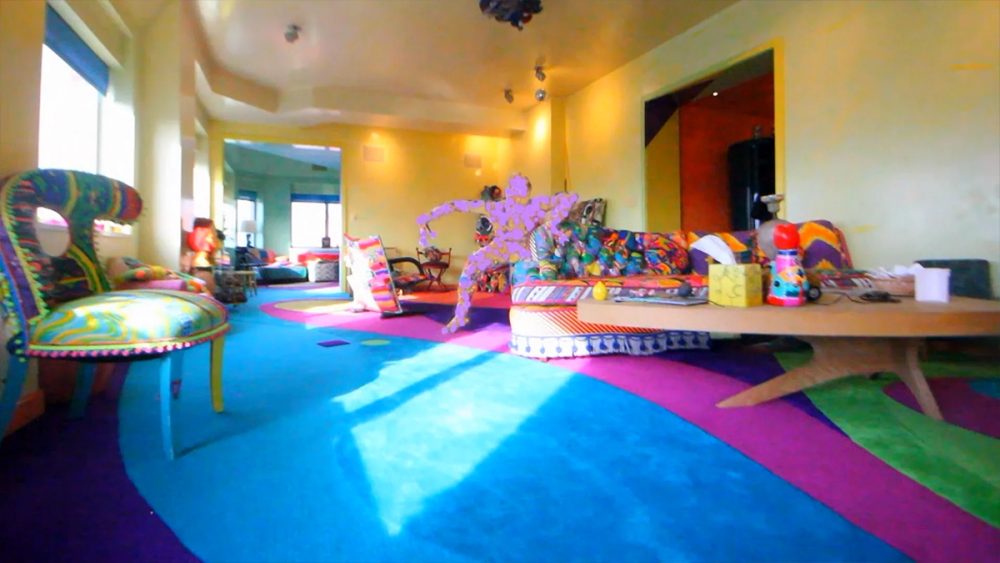


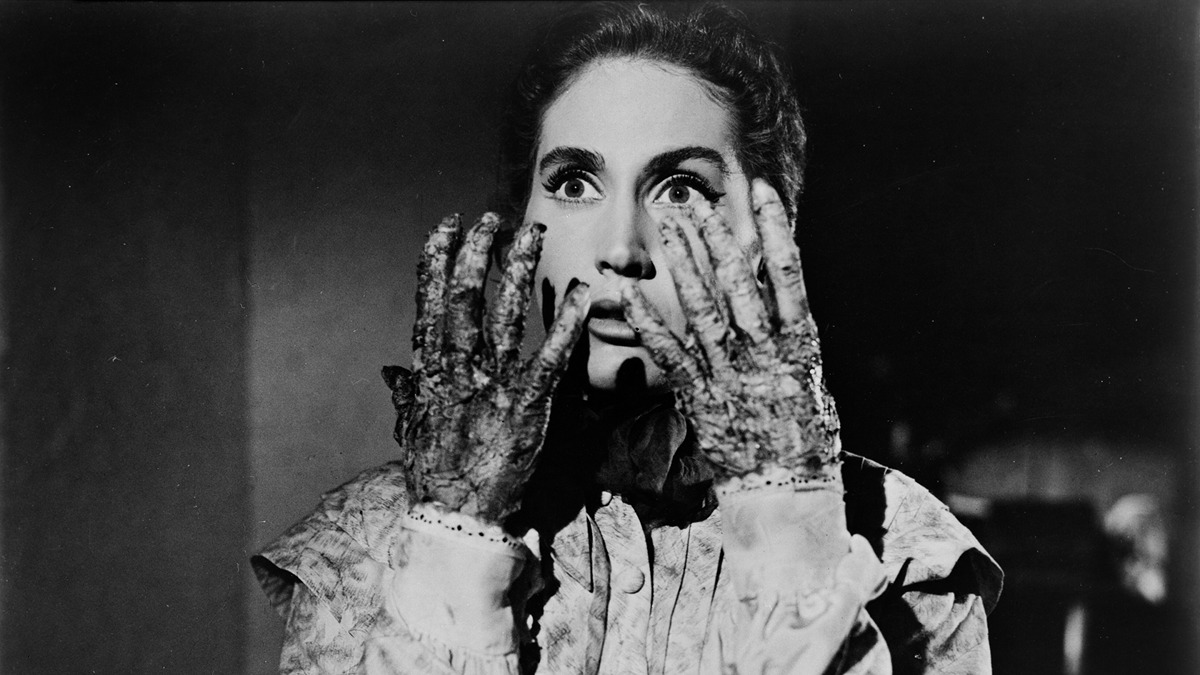
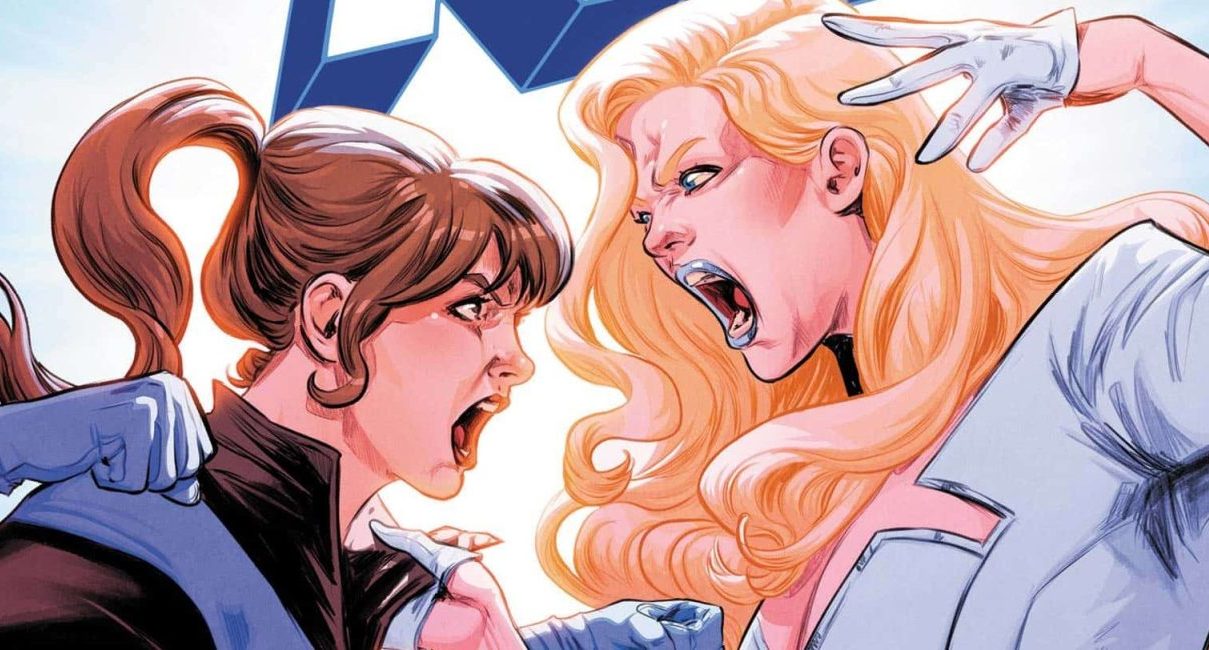
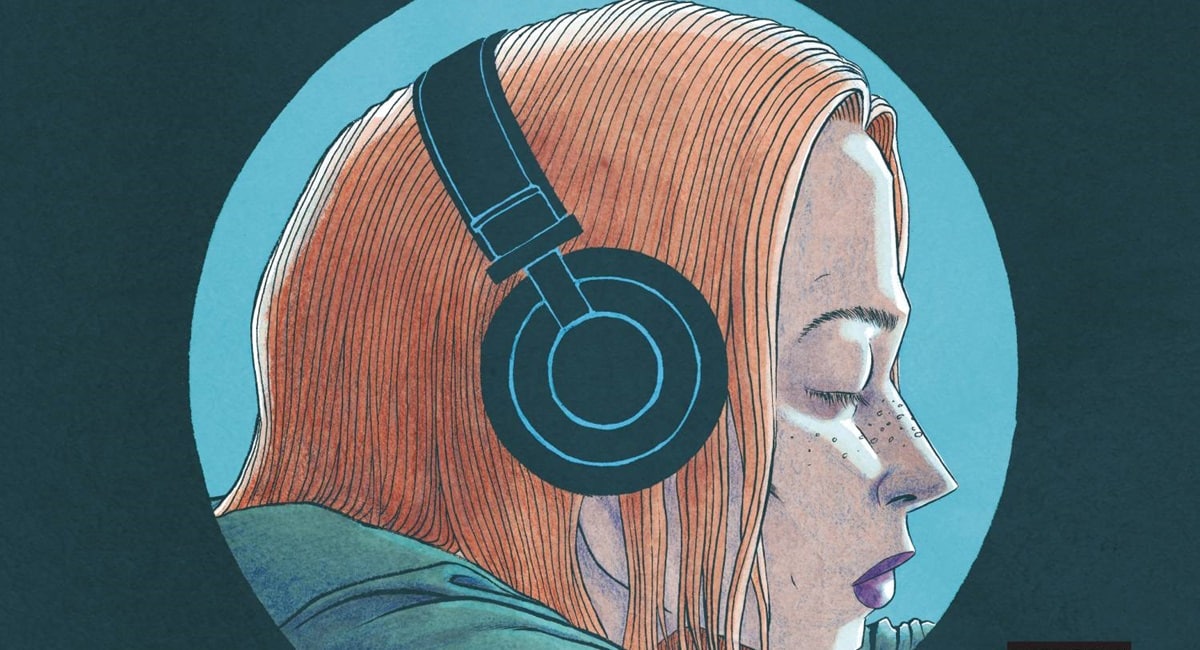
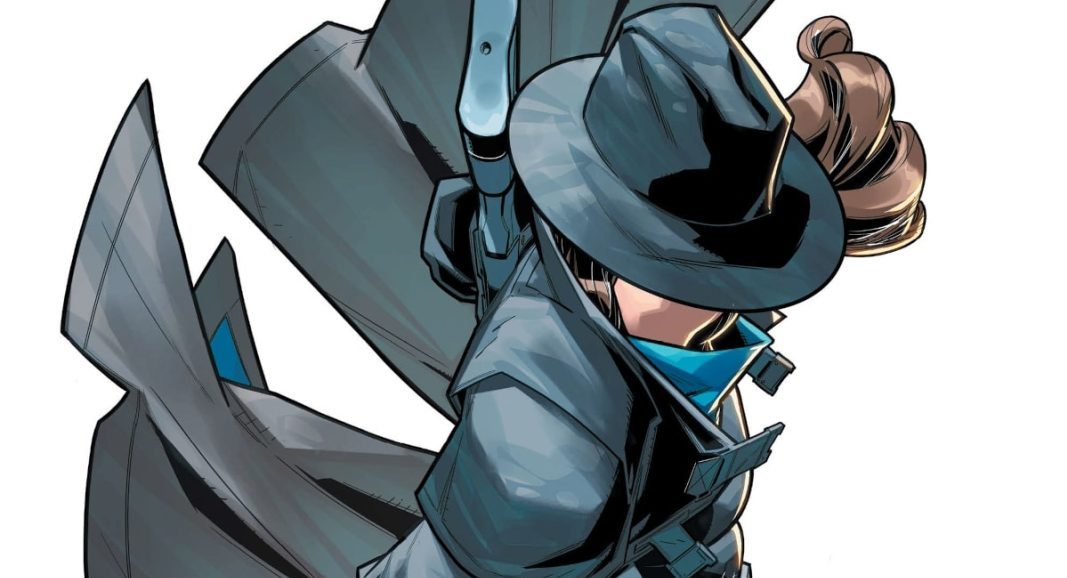
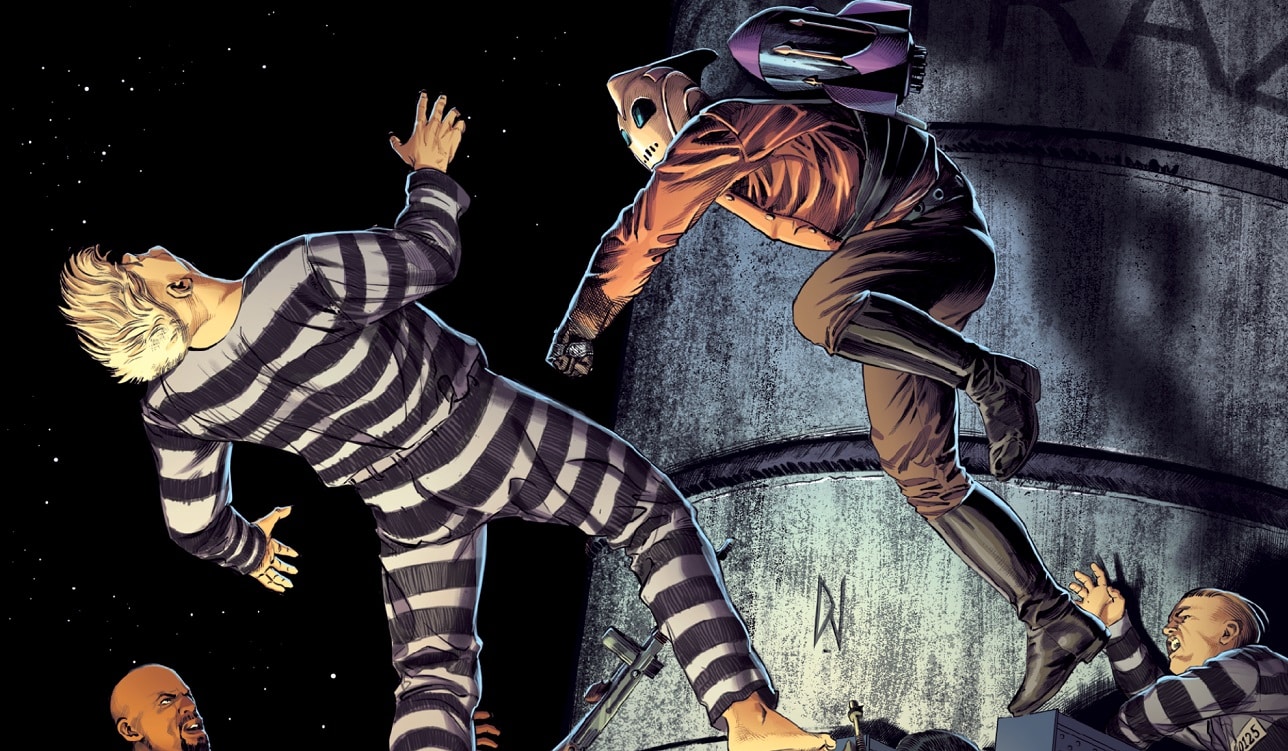












 English (US) ·
English (US) ·